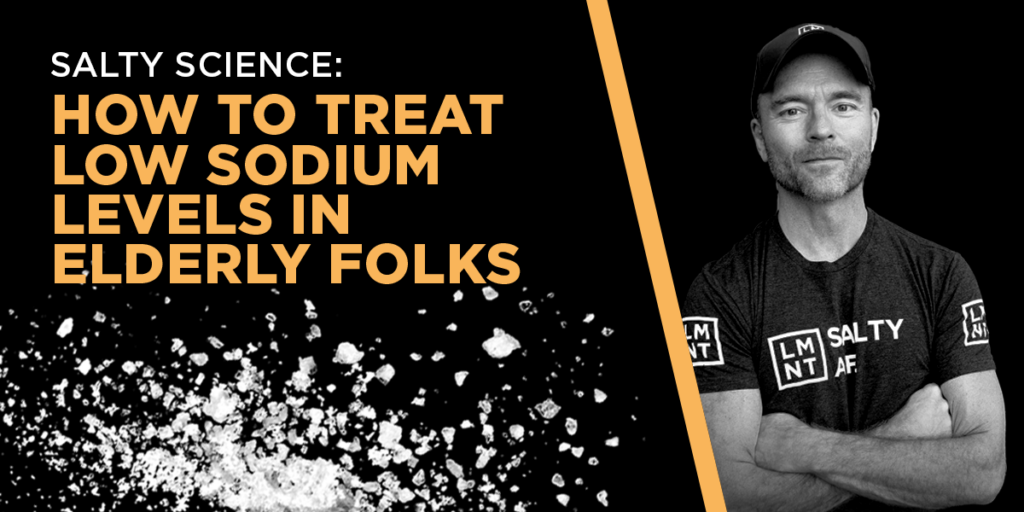Beautiful Info About How To Treat Low Sodium

Hyponatraemia can be classified in various ways, such as:
How to treat low sodium. And there are many different causes, such as changes in kidney function, blood pressure medicines, or conditions like heart or liver failure. 1 watch for symptoms if you have a condition that increases your risk. How is it treated?
Treatment frequently asked questions hyponatremia is when the concentration of sodium in your blood is lower than what is needed for your body to function normally. Restricting fluids and stopping use of diuretics can help, but severe hyponatremia is an emergency requiring use of medications, intravenous fluids, or both. Sodium is an important mineral that helps balance the amount of fluid (water) in your body.
If you have a medical condition that increases your risk of hyponatremia or you take diuretic medications, be aware of the signs and symptoms of low blood. In many cases, too much water in your body dilutes sodium levels. Treat associated conditions.
This helps stabilize sodium levels. The first step is to raise your blood sodium levels, but the method of doing so will depend on the cause of hyponatremia and severity of your symptoms. If the person has an acute illness that may be contributing to the hyponatraemia, it should be treated and the serum sodium concentration rechecked after 2 weeks.
(see also water and sodium balance.) etiology of hyponatremia hyponatremia reflects an excess of total body water (tbw) relative to total body sodium content. How to prevent and treat low sodium levels If you have moderate, chronic hyponatremia due to your diet, diuretics or drinking too much water, your doctor may recommend temporarily cutting back on fluids.
Low blood sodium, known as hyponatremia, occurs when you have an irregularly low amount of sodium in your blood or when you have too much water in your blood. Having a diagnosed condition increases your risk of low blood sodium. Prevention summary low sodium levels in the blood, or hyponatremia, is the most common electrolyte disorder.
What is hyponatremia (low blood sodium)? Treatment of low blood sodium involves intravenous fluid and electrolyte replacement, medications to manage the symptoms of hyponatremia, as well as any treatments for the underlying cause. Learn why it happens, how to spot the symptoms, and how to get the right treatment.
If the person has asymptomatic, mild hyponatraemia, the underlying cause of hyponatraemia should be sought in primary care (if possible and appropriate). The term for low sodium levels in the blood is hyponatremia. Treatment involves restricting water intake and promoting water loss, replacing any sodium deficit, and correcting the underlying disorder.
This article will define low sodium. It will also discuss the symptoms, causes, and risk factors of the condition. Fluid restriction is recommended to prevent further fluid overload.
Although mannitol has been used to treat cerebral edema, it is potentially nephrotoxic and can also lower the serum sodium concentration, making it more difficult to monitor the hyponatremia. The sweet spot for reduced risk was more than double the government limit: Treatment for low blood sodium varies depending on the cause, how severe the symptoms are, and how low your blood sodium levels are.


















